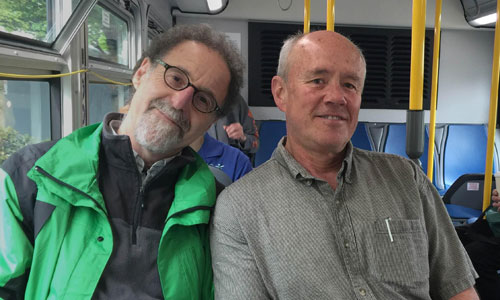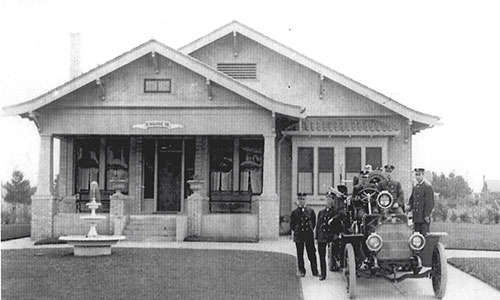By Nancy Varekamp, CNews Editor

Last spring’s reports about lead in the water at local schools heightened awareness about lead poisoning risks.
But exposure from lead solder in home plumbing systems is more likely to appear in homes built after 1970. The threat in the older housing stock in Concordia – and an estimated 80 percent of Multnomah County – is from lead-based paint that wasn’t banned until 1978.
“Homes built before 1940 have a 90 percent chance of containing lead-based paint,” estimated Sherrie Pelsma, Community Energy Project (CEP) program director. The nonprofit organizations works to empower people to maintain healthier, more livable homes.
CEP offers workshops year round to help Portland-area residents understand the risks and reduce of lead exposure.
Children from the womb to age 6 are especially vulnerable because lead in the blood can affect brain development. Recent studies concluded lead-related cognitive decadence in children can lead to:
- Brain and nerve damage
- Learning disabilities
- Behavior and/or attention deficit disorders
- Organ, blood, muscle and/or bone damage
- Hearing loss
The U.S. Centers for Disease Control and Prevention estimates 535,000 of the country’s children ages 1-5 have lead poisoning. Blood tests are recommended for children ages 6 to 12 months and again at 24 months.
Lead settles anywhere
According to Pelsma, lead dust – from paint and even gasoline fumes prior to 1986 – can settle anywhere. From paint, that’s most likely below a roof’s drip line, and from gas fumes it’s in gardens near street curbs. In the soil, lead never breaks down.
Newer paint wears through at points of friction, like double-hung windows. Even mini blinds manufactured before 1997 contain lead and shed the dust as they deteriorate.
“Lead that is inhaled, is absorbed at 100 percent strength by children and adults,” Pelsma said. “If consumed – in foods or liquids – adults absorb 10 percent and children 50.
“The only way to be sure of recent lead exposure is to have your blood tested.”
Lead workshops abound
CEP delivers about 80 “Lead 101” workshops per year and 15 “Lead-Safe Home Projects” sessions for do-it-yourself remodelers. (Workshops open to the public can be found on the events calendar.)
They cover much more than lead poisoning risks. They feature detection, prevention, and basic lead-safe work practices. They also introduce the several organizations that partner to help residents and businesses mitigate hazards.
Check back with CNews next month for details on tips and services to help you curb lead in your home.
Here’s help for you and your home
Community Energy Project
503.284.6827
Multnomah County Health Department
503.988.4000
Oregon Health Authority
971-673-0440
Portland Water Bureau
503-823-1547



